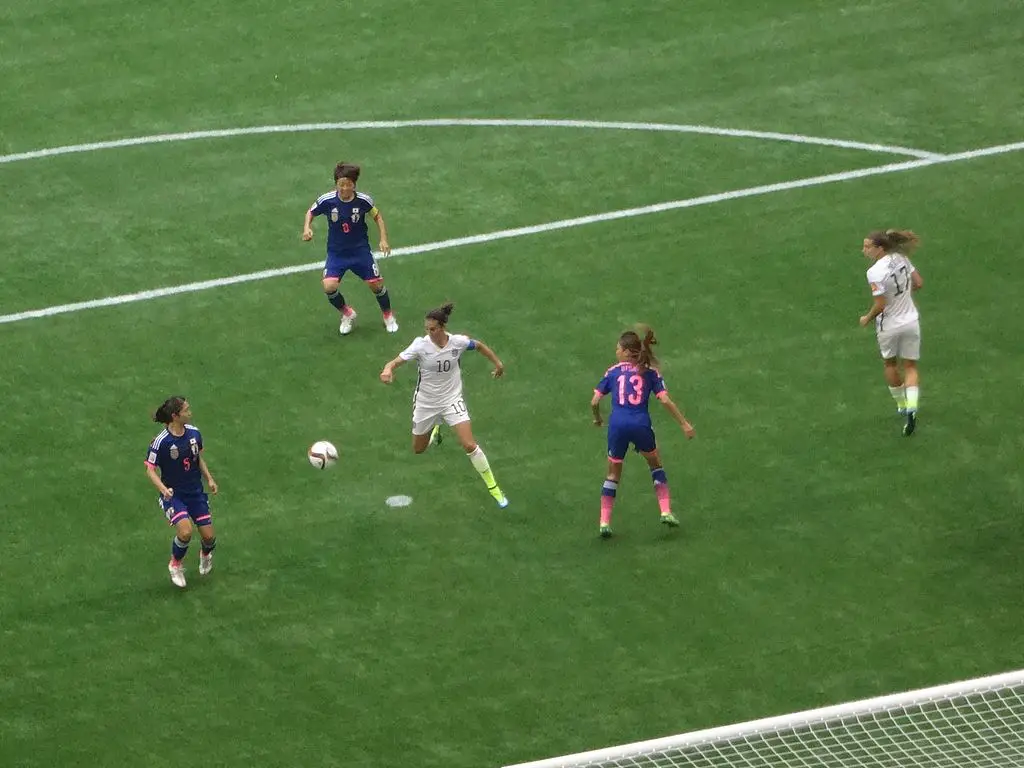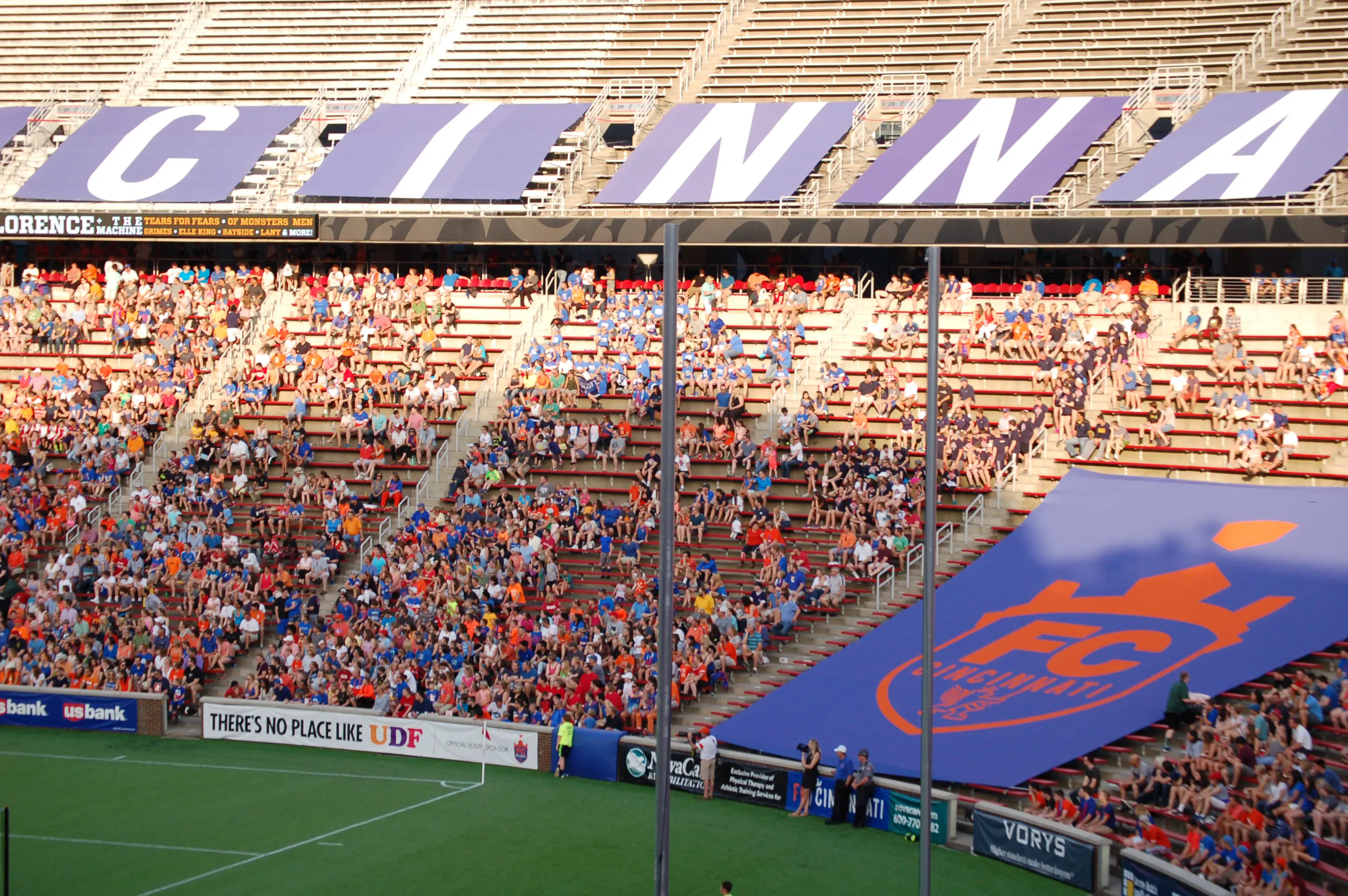
Watching the 2019 FIFA Women’s World Cup in France is a great way to improve your game. We’ve written several times about the benefits of carefully watching professionals in order to learn from them. In a previous post, we asked you to watch a specific player and check out of the formation of both teams. Today we’ll expand on a few things you can do when watching a specific player. The following questions are a few things to watch when you watch the huge United States vs. France quarterfinal, or another match during the 2019 FIFA Women’s World Cup:
What surface does your player use to receive and pass the ball?
Typically, you’ll see that they use the widest and safest surface to receive and pass the ball, the inside of the foot.
How many touches does your player take each time they receive the ball?
Professional players average two to three touches with the majority of the time playing just two touch.
Where on the field does a player dribble and why?
Most of the time, a player will dribble in the attacking third of the field and on the wing. Check out our blog post Attacking on the Wing. Dribbling in other locations can be risky, so see how your player balances that risk versus any potential reward.
How does your player receive the ball?
Players will receive the ball across their body, side on, or with the foot furthest from where the pass came from or pressure from a defender. Check out our earlier blog post The Importance of Receiving the Ball Across your Body.
What does the player do after they pass the ball?
Almost always, the answer is MOVE. Professional players move to find a better passing angle to receive the ball again. Follow the rule of three threes, or 3-3-3. This means three touches, three seconds to get the ball back, three steps every time the ball moves.
How do they communicate with their teammates?
Players, especially professionals, are constantly communicating about all sorts of things on the field. They’re telling their teammates good pass verbally and encouraging them with hand gestures. Talking about their marks and where they want to force the ball.
What types of runs are they making?
Players usually ask for the ball at their feet or try to make a through run. Sometimes players with do both by making a double run: first asking for the ball at their feet knowing that they are not going to get it to draw the defense in. Then they make the second run of getting behind their defender.
Where do they position themselves on the field in relation to the ball on offense and on defense?
Generally speaking when you are on offense, your team opens up to spread the defense out and when you are on defense you tuck in to stay compact and avoid being stretched. Most teams will get back into their shape or formation they are playing.
If you’re watching the Women’s World Cup games, what else have you noticed?






Leave a Reply